Mowgli
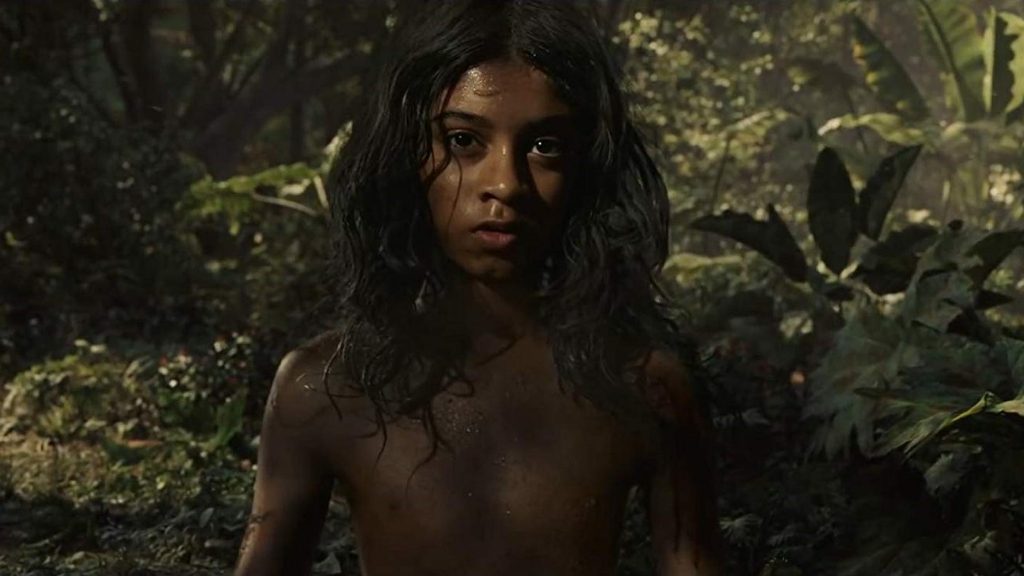
It was 2012 when pre-production work began on Mowgli: Legend of the Jungle. London was embroiled in an Olympic frenzy as Usain Bolt rolled into town, and the world of cinema was eagerly anticipating the first instalment of Peter Jackson’s The Hobbit trilogy. Who could have predicted that it would only be now, six years on – with an unrelated live-action Jungle Book movie already released by Disney – that Andy Serkis’s project would finally be presented? The great emphasis placed on the film’s visual effects necessitated a push-back of its release date, but when creating a motion-capture project, who else would you store your faith in to achieve the greatest results than Serkis? Well, here we are. It’s been a long time coming, but was it worth the wait?
Always insisting that the feature would be honest and true to Kipling’s original books as opposed to a remake of the 1967 Disney adaptation, Serkis promised his take would prove a much darker tale, presenting more serious themes of morality and victimisation as humanity and nature edge ever closer to a conflict still present today. For the most part, the story itself is not too different to what we have previously seen. Mowgli (Rohan Chand), is witness to his parent’s murder at the hands of the deadly Bengal Tiger Shere Khan (Benedict Cumberbatch), only escaping a similar fate by being rescued by Bagheera (Christian Bale) and accepted by Baloo the bear (Serkis) and a pack of Indian Wolves. They see the boy as an opportunity to bridge the divide between man and beast, much to the disliking of Shere Khan, but as he grows older, it becomes more evident that the man-cub will never truly be a wolf, his inhibitions leading him down the path to manhood and away from the natural world that raised him.
Firstly, it is harsh to judge this film by simply asking “do we need another Jungle Book?”, since Mowgli was originally scheduled to be released before Disney’s remake in 2016. Had Serkis’s movie gone to plan, it may have been applauded for its originality, honesty and grit. Visually, the feature’s landscapes and environments cannot be faulted, with gorgeous scenery entwined with dark undertones that suggest the harsh reality that the jungle really isn’t as safe as we may believe. When paired with a formidable Nitin Sawhney soundtrack, the picture bounces off the screen in an immersive wave, transporting the audience effortlessly into the dense Indian undergrowth.
This cinematic wonder does struggle to transfer itself to the characters of the film, however, with the apparent obsession of making the animals look like their portrayers resulting in a tiger, panther, bear, python and wolves that quite simply look a little bit odd. That is not to say that the actors behind the effects didn’t do a sterling job, with Cumberbatch’s Shere Khan proving a preferable adaptation to Idris Elba’s 2016 interpretation even from a ground-shaking, fear-inducing first appearance in the prologue. Cate Blanchett is severely underused as the hypnotic Kaa and the director’s choice to portray Baloo with a grizzled cockney accent certainly raised a few eyebrows, weakening the bond building between the bear, Bagheera and Mowgli – who is performed excellently by Chand.
The main issue with this movie is that it simply misses its mark, proving to be the darker, far more violent (really, strikingly violent) picture that Serkis promised and raising questions over who the real target audience actually is. However, the uneasy presentation – which varies vastly from previous films – may not be down to the sole ambition of the production team, but may rather stand as a true reminder that perhaps the original Kipling book simply does not transfer onto the big screen as easily as first assumed. Did Disney have it right all along?
Guy Lambert
Mowgli is released digitally on demand on 7th December 2018.
Watch the trailer for Mowgli here:

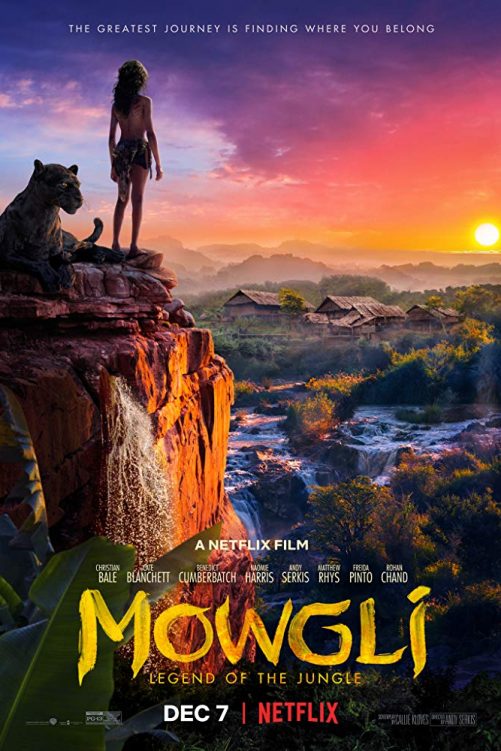
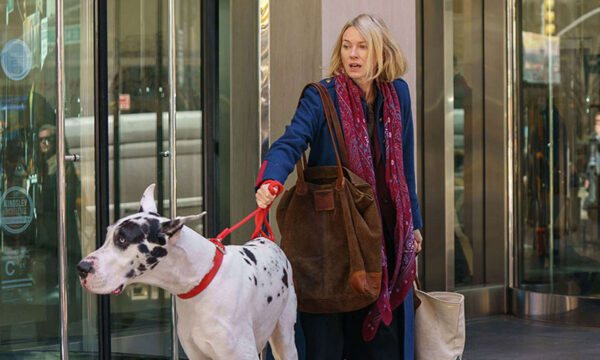
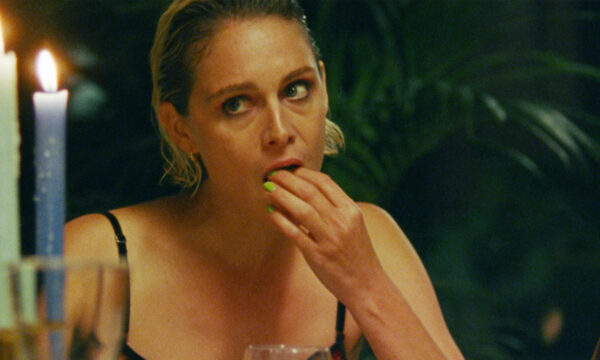
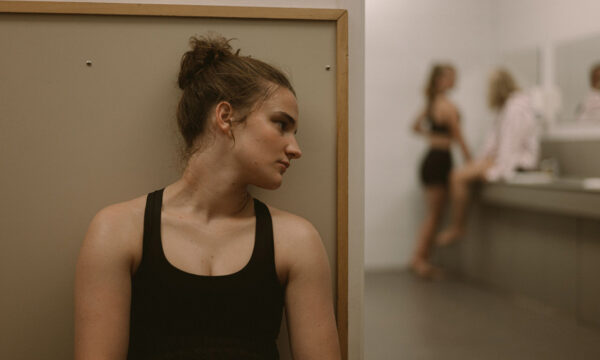
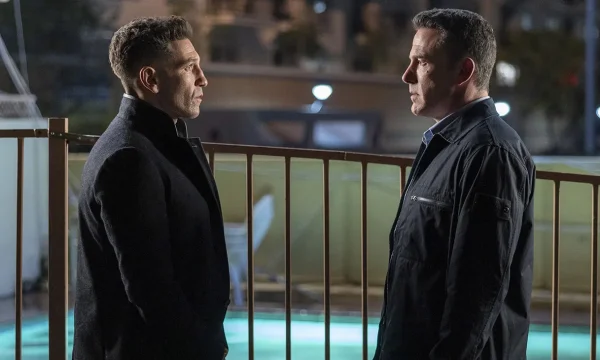
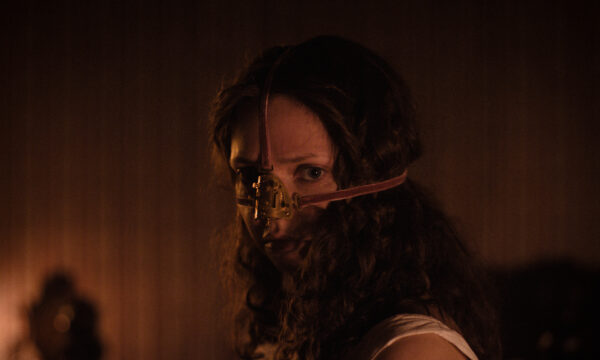
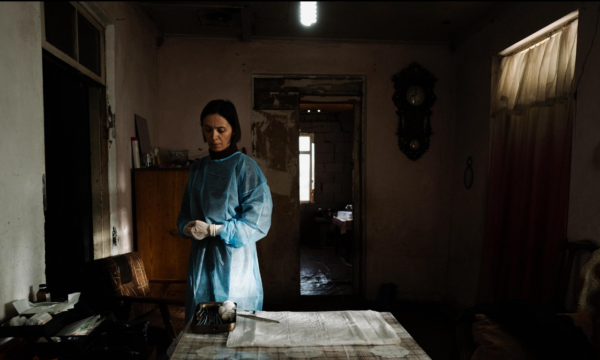
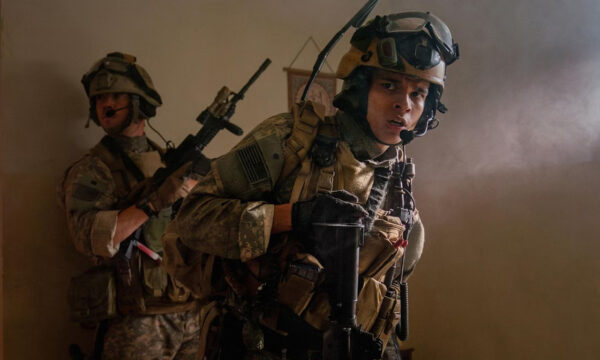
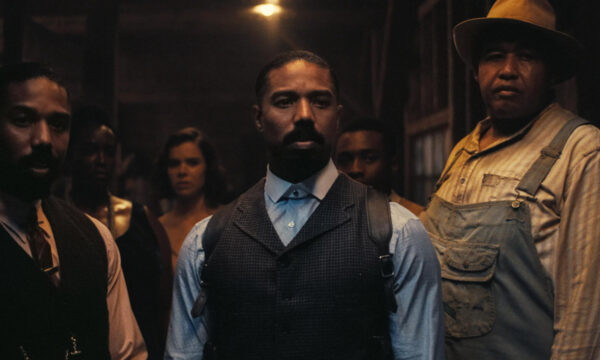
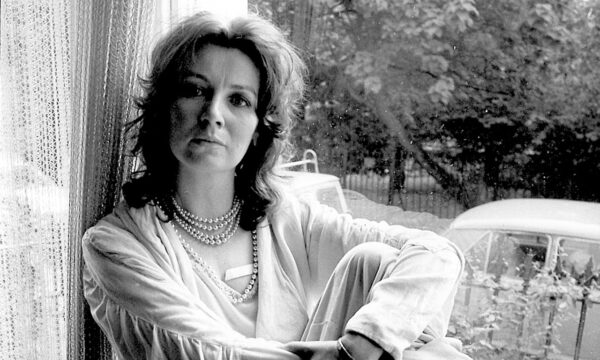






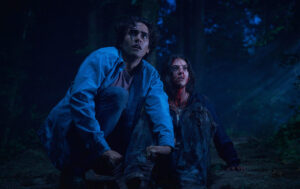



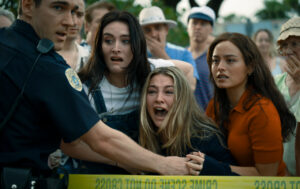
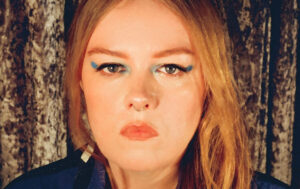
Facebook
Twitter
Instagram
YouTube
RSS